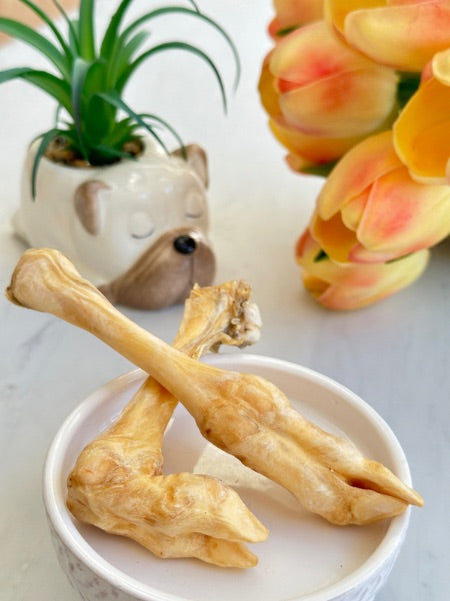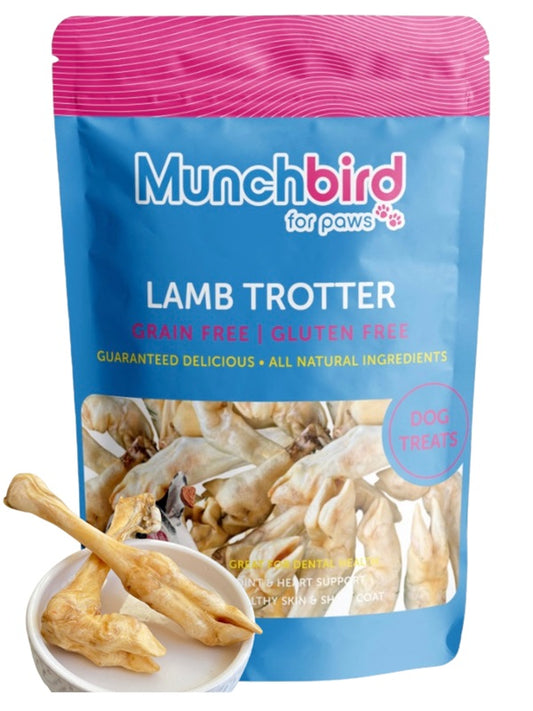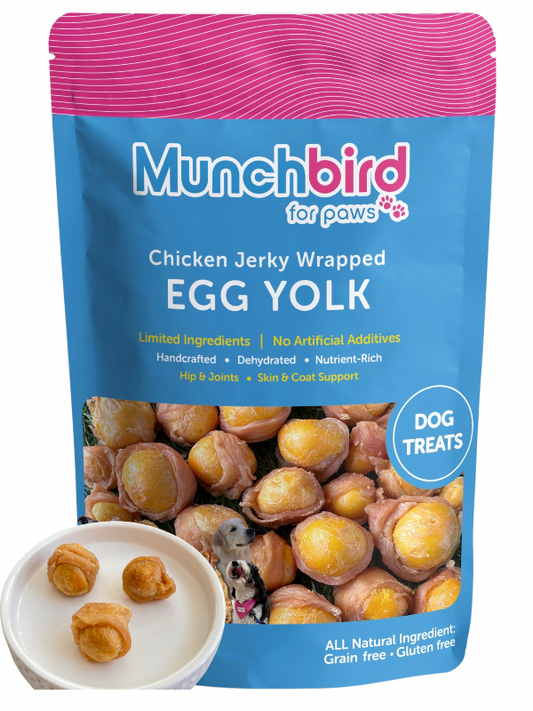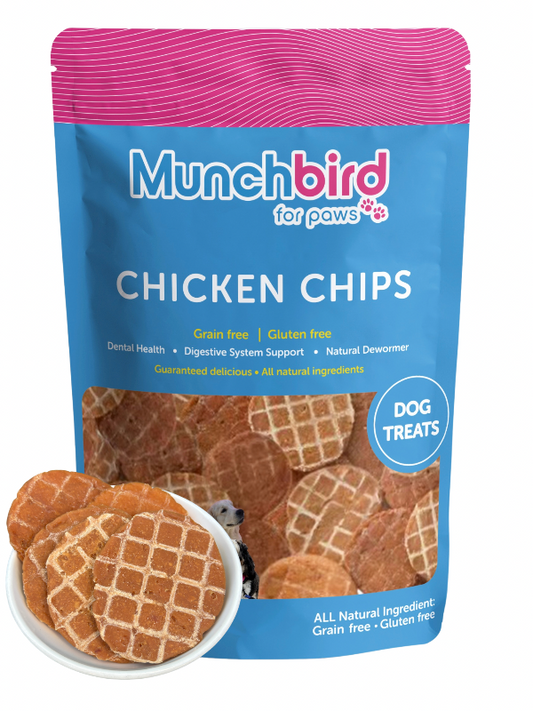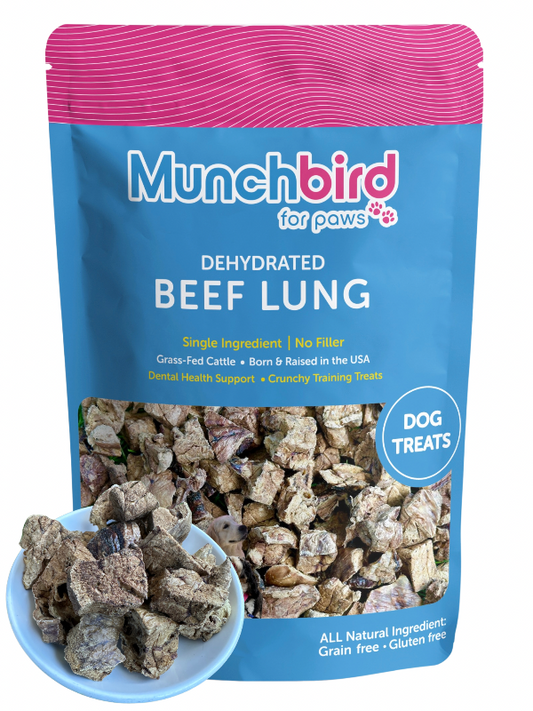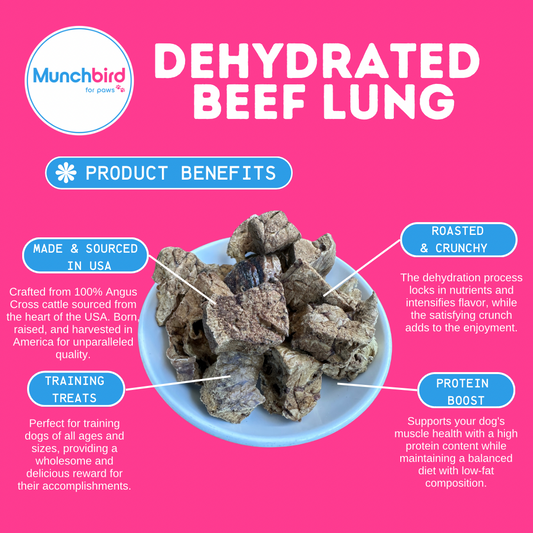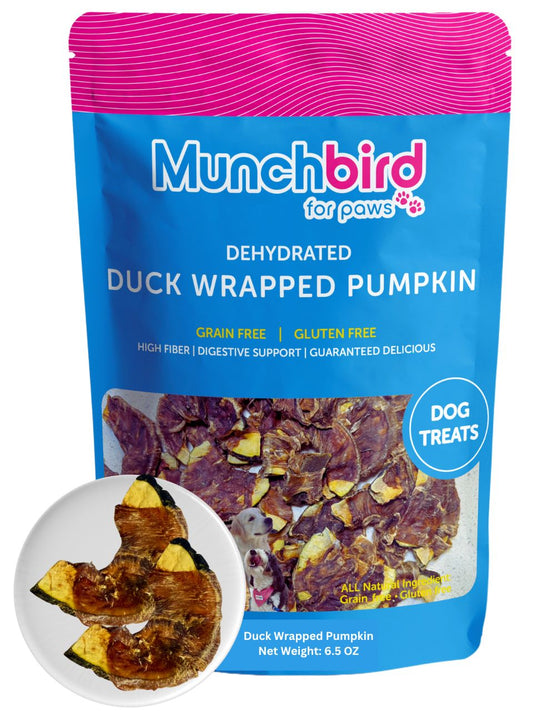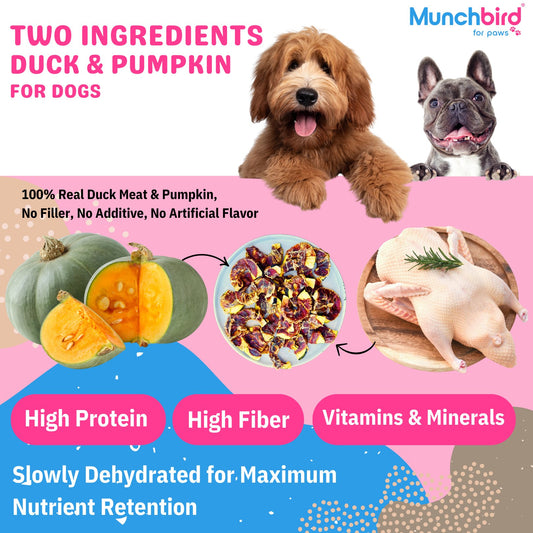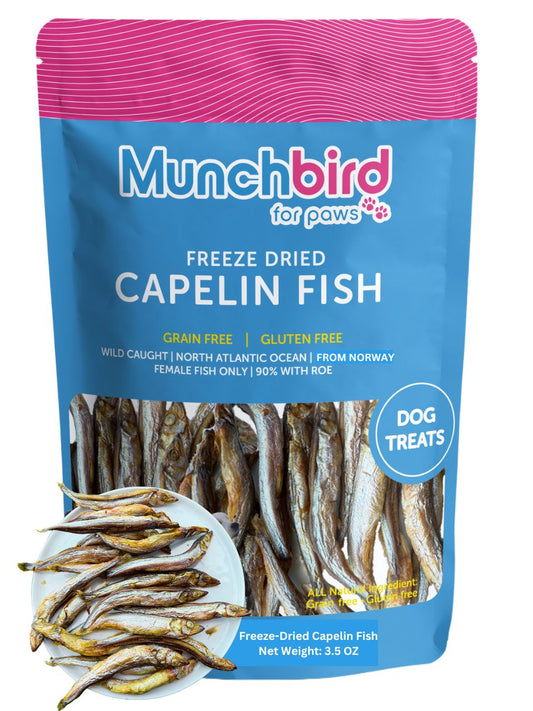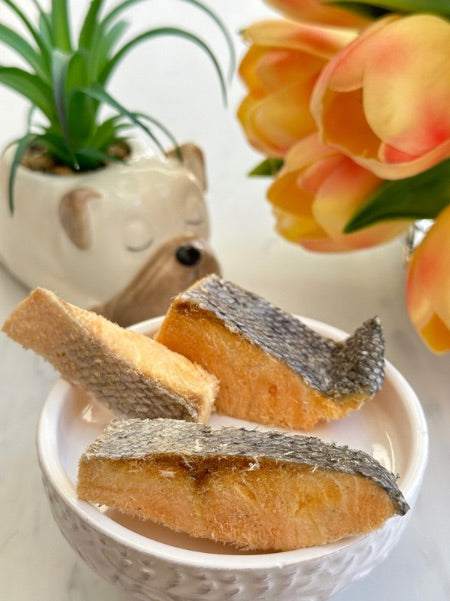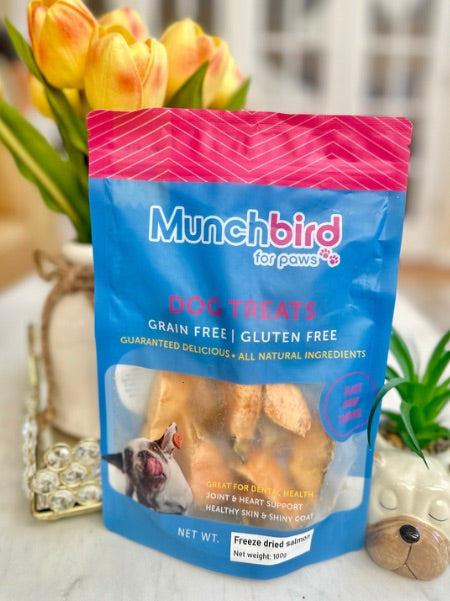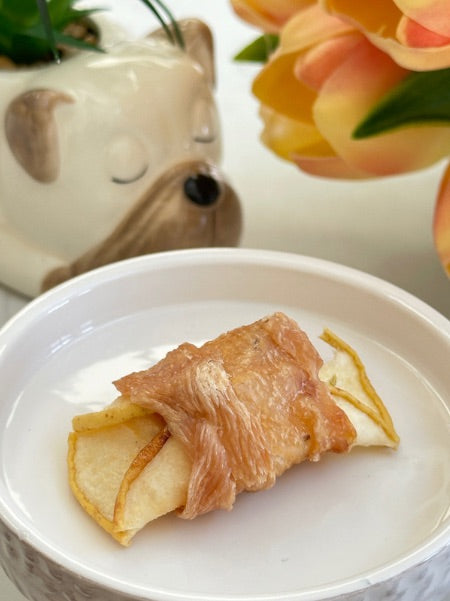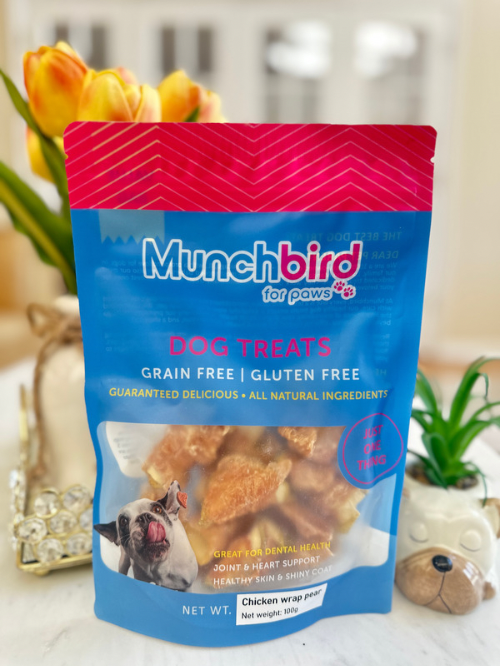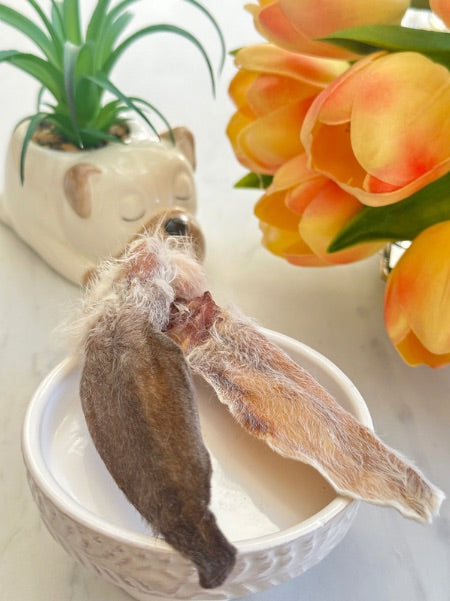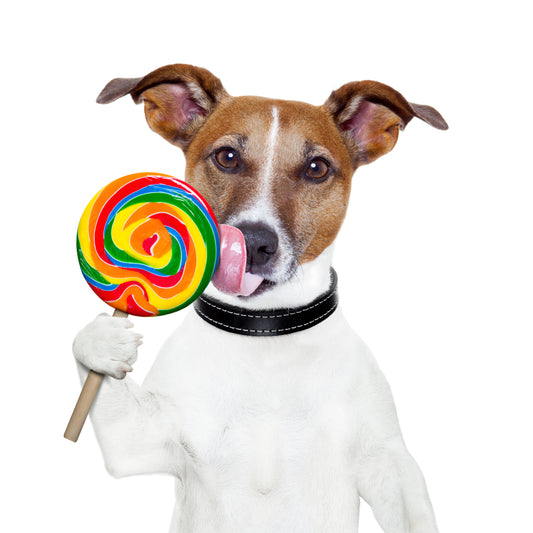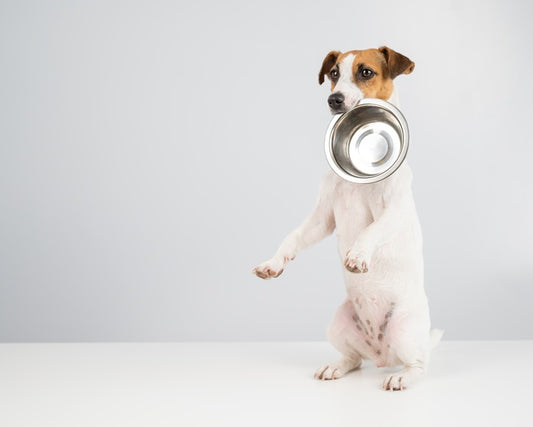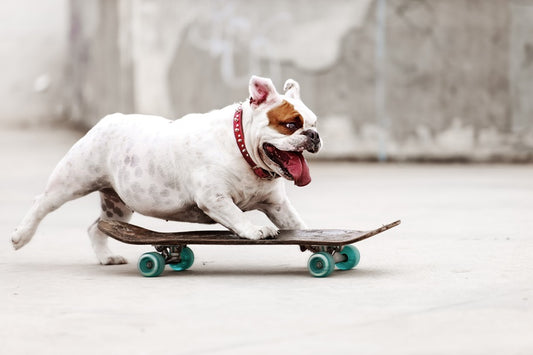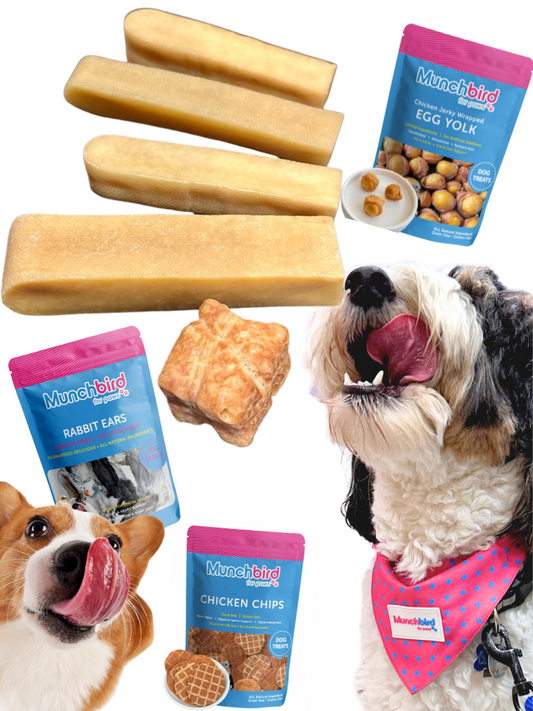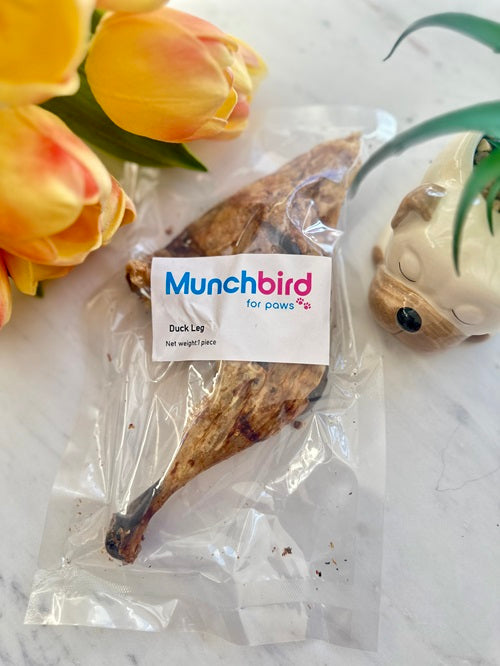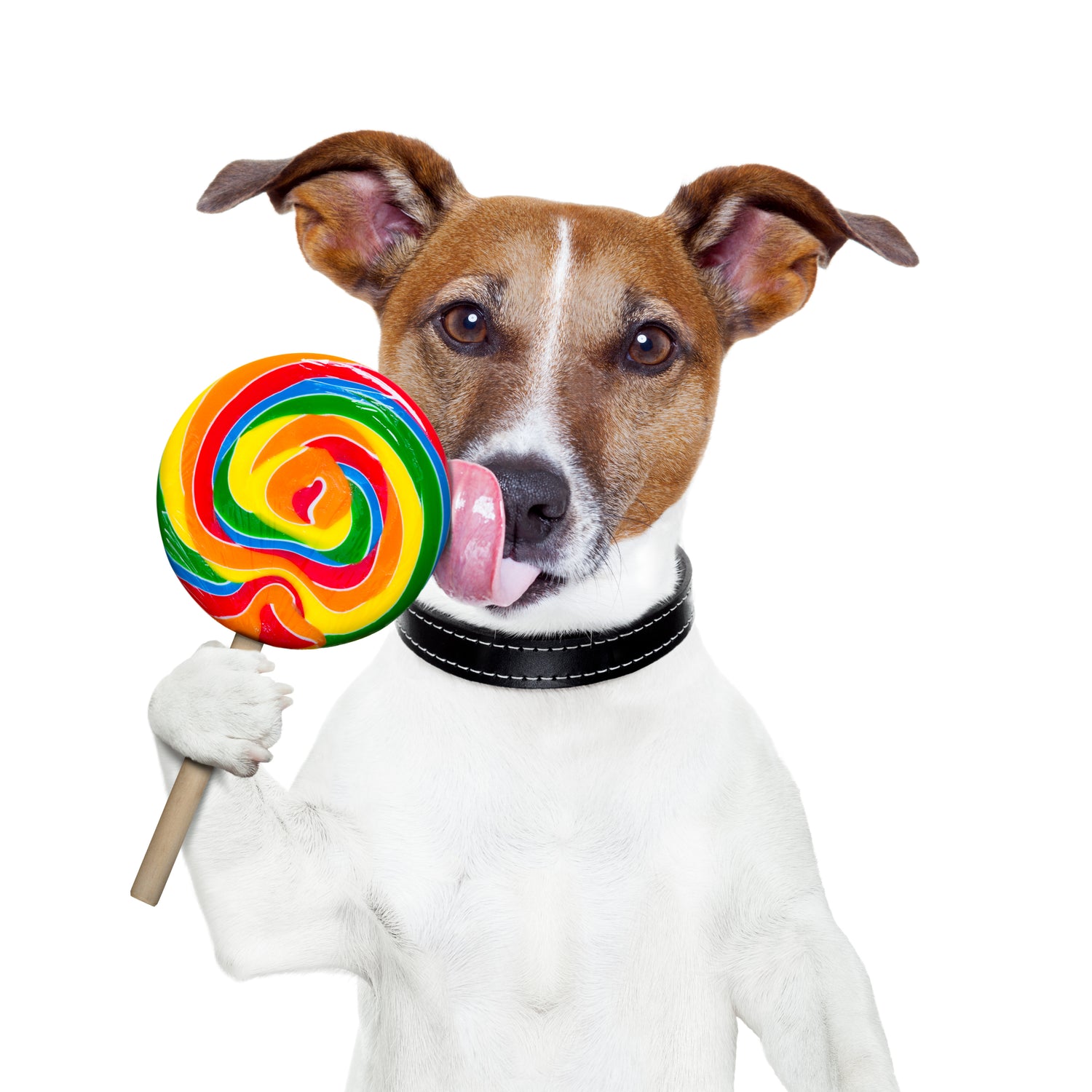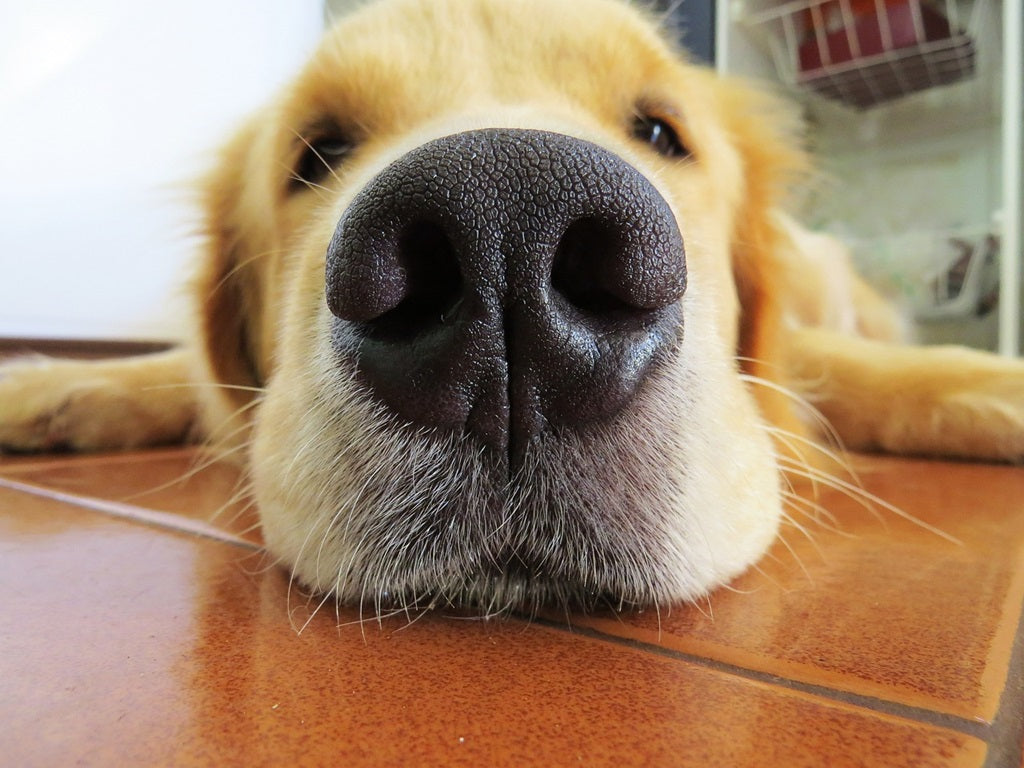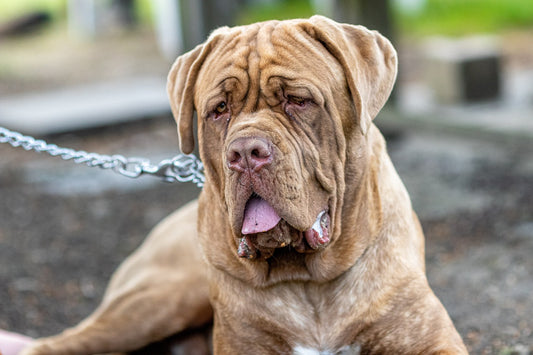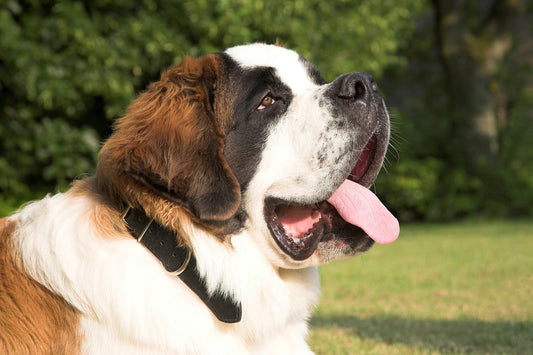Although trachea dog chews stand out as among the healthiest treats for dogs, finding comprehensive answers to all your questions about this unique dog treat can be difficult. Hence, we've curated this FAQ guide to address both common and lesser-known questions regarding trachea chews for dogs.
If you're here, chances are you're already aware of the nutritional value of trachea dog chews. But what exactly are their health benefits, and how do you choose the best option for your furry friend? Dive into our guide to find out!

What Are Trachea Dog Chews?
Trachea chews for dogs are baked treats typically made from beef trachea. Sourced from a cow's windpipe, these chews are rich in naturally occurring chondroitin and glucosamine, offering various health benefits, including arthritis relief and joint support.
Do Dogs Enjoy Beef Trachea?
Without a doubt! Most, if not all, dogs absolutely love beef trachea chews. Not only are they nutritious, but they're also irresistibly tasty, with our Munchbird beef trachea chews professionally smoked to preserve their delicious flavor.
Is Beef Trachea Beneficial for Dogs?
Yes, beef trachea offers numerous health and wellness benefits for dogs:
- Supports joint health, thanks to its natural chondroitin and glucosamine content.
- Alleviates pain and discomfort associated with joint issues.
- Useful for training purposes, serving as a tasty reward for positive behavior.
- Helps clean teeth by removing tartar and bacteria.
- Controls boredom, providing long-lasting entertainment for active pups.
Are Trachea Chews Safe for Dogs?
Absolutely! Trachea chews are among the safest treats and bones you can offer your dog. They're chewy yet durable, fully digestible, and pose no choking hazard when properly sized. Plus, they're low-calorie and low-fat, making them a healthy option for your canine companion.
Do Trachea Chews Promote Dental Health?
Yes, they do! Trachea chews can help clean your dog's teeth and promote oral hygiene. Their chewy texture aids in removing tartar and plaque buildup, reducing the need for frequent brushing sessions.
How Often Can My Dog Enjoy Trachea Chews?
The frequency of trachea chew consumption depends on various factors, including your dog's diet, exercise level, and other treats. However, offering trachea chews every other day, once a week, or intermittently is generally safe, as they're a nutritious addition to your dog's diet.
How Long Should a Dog Chew on a Trachea?
Ever wondered about the ideal duration for your furry friend's chewing sessions on trachea treats? Just like humans brushing their teeth, it's crucial to limit each session to 15-20 minutes. Most dogs find satisfaction with short sessions of back-of-the-jaw gnawing, triggering the release of endorphins in the brain.
Is Beef Trachea Safer and Better Than Rawhide?
Wondering about the superior option between beef trachea and rawhide for your canine companion? Beef trachea stands out as a safer and more beneficial choice, crafted from free-range cattle and entirely natural ingredients. In contrast, rawhide is derived from byproducts and chemicals, which can potentially lead to digestive issues, blockages, and even choking.
At What Age Can Dogs Start Enjoying Beef Trachea?
Curious about the ideal age to introduce your furry friend to beef trachea chews? Beef Tracheas (windpipe) are considered excellent bone-free beginner beef chews for dogs aged over 12 - 24 weeks depends on the breeds. Bursting with natural nutrients, these beef chews offer a delightfully chewy texture while remaining 100% natural.
Is Beef Trachea Beneficial for Dogs with Collapsed Trachea?
Consider the potential benefits of beef trachea for dogs dealing with collapsed trachea issues. The cartilage found in beef trachea is naturally rich in chondroitin and glucosamine, which could provide support for your dog's trachea. Additionally, adding glucosamine-rich foods to your dog's diet can further aid in supporting cartilage health.
Does Beef Trachea Have an Odor?
Let's tackle this head-on: tracheas often have a bad reputation. They're known for being greasy and emitting an unpleasant odor...however, dogs are often drawn to the distinct strong odor of beef trachea.
What's the Best Trachea Dog Chew?
With numerous options available, choosing the best trachea chew for your dog can be challenging. However, we highly recommend Munchbird's all-natural, single-ingredient beef trachea chews for their exceptional quality and benefits:
- Guilt-free, low-calorie treats great source of protein.
- Ethnically sourced from free-range grass-fed cattle in South America.
- Ideal for training and positive reinforcement.
- All-natural, containing no preservatives or artificial additives.
- Available in various sizes to suit dogs of all breeds and sizes.
Is Beef Trachea Safe for Puppies?
Beef trachea, often sold as a chew treat for dogs, can be safe for puppies under certain conditions. It's essential to consider the age of the puppy, their chewing habits, and any potential allergies or sensitivities they may have.
For young puppies, especially those who are still teething, beef trachea may be too hard or challenging to chew, posing a risk of choking or dental damage. It's generally recommended to wait until puppies are a bit older and have developed stronger jaws before introducing harder chew treats like beef trachea. Additionally, it's crucial to supervise puppies closely while they're chewing on beef trachea or any other chew treats to prevent choking or ingestion of large pieces that could cause digestive issues.
Before giving beef trachea or any new treat to your puppy, it's best to consult with your veterinarian to ensure it's safe and appropriate for your puppy's age, size, and health status. They can provide personalized recommendations based on your puppy's individual needs and help you choose the safest and most suitable chew treats for them.

All-Natural Healthy Dog Treats Options for Your Fur Babies, Great Alternative to Beef Trachea:
Munchbird Rabbit Ears, Great Alternative to Beef Trachea: Naturally low in fat and high in protein, these rabbit ears are a nutritious and delicious snack that can help soothe nervous dogs.
Benefit of Rabbit Ears with Fur: act as Natural Dewormer, Natural Toothbrush, aids anal gland health
Dried hairy rabbit ears with fur may not look appetizing as dog treats, dissuading some owners from offering them. However, feeding your dog hairy rabbit ears a few times weekly can provide significant long-term health benefits.While rabbit ears without fur are available, the furry variety offers unique advantages. The fur acts as a valuable source of fiber, aiding digestive health by helping to cleanse the digestive tract of undigested food residue, worm and parasite eggs, and other undesirable substances. (more details: Munchbird Rabbit Ears: Naturally low in fat and high in protein, these rabbit ears are a nutritious and delicious snack that can help soothe nervous dogs.)
Munchbird Rabbit Ears with Fur, Great Alternative to Beef Trachea
Express anal glands naturally:
The fur on rabbit ears, being an indigestible fiber, helps firm up your dog's stools. This firmness aids in naturally expressing your dog's anal glands, as the firm stools press on the glands during exit, helping to keep them clean.
Natural Dewormer:
The scouring action of the fur passing through the intestines serves as a natural and effective dewormer, brushing away worms and eggs that may reside in your dog's digestive system.
Natural Toothbrush:
The fur on rabbit ears acts as a natural toothbrush, helping to clean your dog's teeth. When eaten, it dislodges surface plaque from the teeth and gums and naturally flosses between the teeth.






